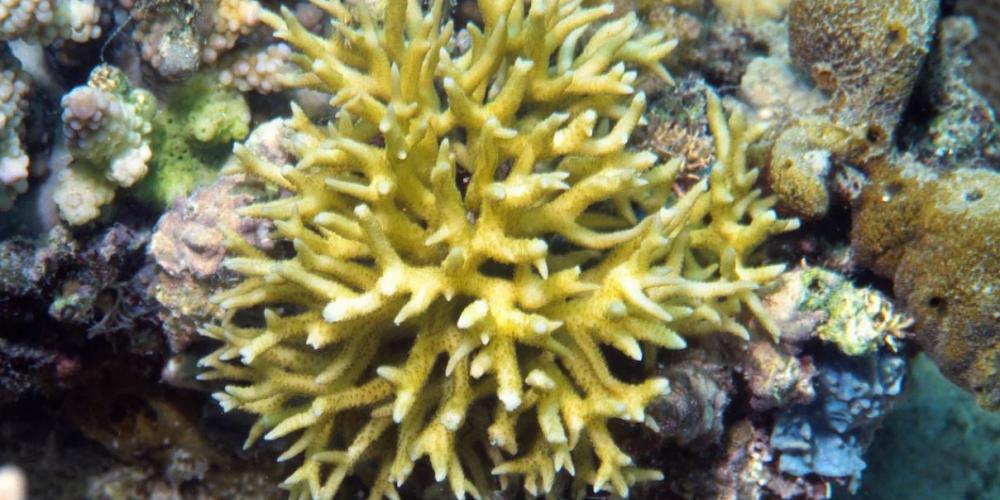
VUB research on coral reefs aims to protect ocean rainforests
8 June is World Oceans Day
Coral reefs are threatened worldwide and research is needed to protect these ocean rainforests. Corals are like trees, they are fixed. Dispersal is only possible through their fertilised eggs or their larvae. These drift along with the ocean currents and sometimes travel up to thousands of kilometres to reach other coral reefs. Prof. Marc Kochzius, marine biologist at the VUB, and his team collect tissue samples from corals in the Red Sea, the Western Indian Ocean and Indonesia and study how far and where coral larvae drift to. With this knowledge, the team determines where marine reserves can best be set up.
"The United Nations target is that by 2030, 30 % of the ocean will be nature reserves. To correctly place marine reserves that will protect coral reefs, we need to know the connectivity of their builders," says Prof. Kochzius.
In order to collect tissue samples from corals, the team organises numerous diving expeditions, an enormous physical effort and sometimes downright dangerous.
Kochzius: "During an expedition in Indonesia, we had just finished a dive when heavy weather was approaching. We returned to the island by boat as quickly as possible, but the waves got higher and higher, the rain poured down and the island was nowhere to be seen. Fortunately, with the help of a GPS, we were able to sail safely to a nearby island and take shelter there."
In the lab at the VUB, genetic research is used to determine the relationships among populations of different reefs from the tissue samples of the corals. This makes it possible to estimate the connectivity between these populations and to show how far and where the larvae drift with ocean currents. Some coral species brood their eggs first and only the larvae disperse. Others release their eggs and sperm into the water and then the fertilised eggs drift with the currents.
Recent research (published a.o. in Nature) by marine biologists of the VUB shows that especially the time a larva drifts with the ocean currents determines how coral reefs are genetically linked.
In species that have a very short larval period and only drift with the currents for a few days, such as the bird's nest coral (Seriatopora hystrix), large genetic differences have been observed between the reefs. Corals that have a long larval period of several weeks show few genetic differences.
Dr. Rosa van der Ven, a former PhD student in Prof Kochzius' team and now a lecturer at Wageningen University, explains: "By examining the coral DNA, we were able to determine that there are four regions in our research area that are only slightly connected: the Red Sea, the East African coast, the North and the South of Madagascar. The northern part of the Mozambique Channel is the biodiversity centre of the Western Indian Ocean. Our results support that this marine area must be a priority for conservation".
"These differences between corals show that we need to further investigate connectivity of different reef builders, but also other inhabitants of coral reefs. This will allow us to draw a general picture of connectivity. Based on this information we can determine the optimal location for marine reserves. The best place for a marine reserve has a high biodiversity, in terms of species number and genetic diversity, but is also well connected to other reefs," concludes Prof. Kochzius.
van der Ven RM,·Heynderickx H, Kochzius M (2021) Differences in genetic diversity and divergence between brooding and broadcast spawning corals across two spatial scales in the Coral Triangle region. Marine Biology 168: 17 (https://link.springer.com/article/10.1007/s00227-020-03813-8)
van der Ven RM, Flot J-F, Buitrago-López C, Kochzius M (2021) Population genetics of the brooding coral Seriatopora hystrix reveals patterns of strong genetic differentiation in the Western Indian Ocean. Heredity 126: 351–365 (https://www.nature.com/articles/s41437-020-00379-5)